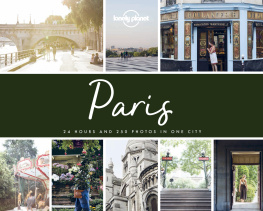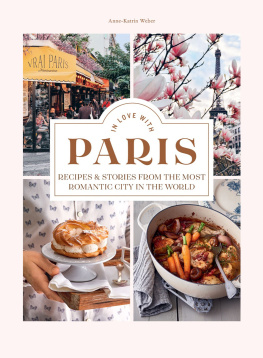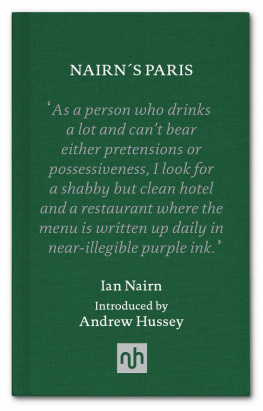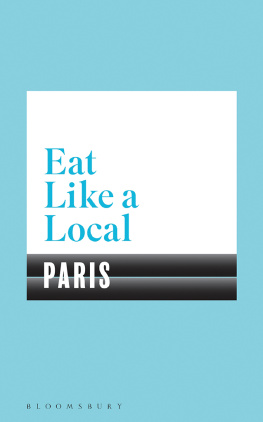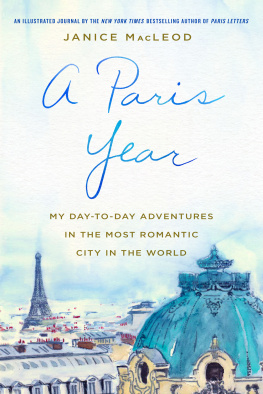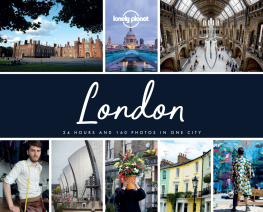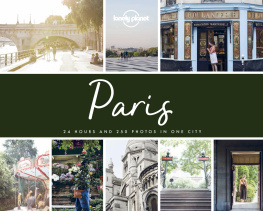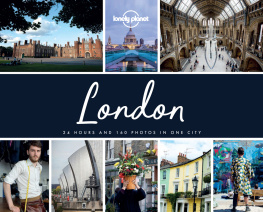Its early morning in Paris and the traffic circling the Arc de Triomphe is starting to slow. Golden light the same light that inspired such artists as Pierre-Auguste Renoir and Claude Monet illuminates the carved inside of the arch. Youll find several photos of the Arc de Triomphe (and equally familiar Eiffel Tower) among these pages but this is a book about so much more than a tourism tick-list of the French capitals highlights.
Our goal was to chronicle a day in the life of this great city from the perspective of a photographer who knows and loves it. We wanted to present not just the famous sights but also Pariss daily rhythms as a local would experience them. The book is loosely organised according to the passage of a day and night in the city: we start with savouring a coffee at one of the many corner cafes, take in a fruit-and-vegetable street market, admire the view of Pariss rooftops from the Galeries Lafayettes seventh floor terrace, and then, as true Parisian flneurs, leisurely explore the citys neighbourhoods and their signature experiences. We discover secret urban farms, streets of bijou boutiques, grand museums, classic and contemporary architecture. We end the day atop a hillside with a bottle of wine watching the sun set, before hitting one of Pariss jazz clubs. It would be impossible to capture all of Pariss incomparable variety but readers will discover a side to the city beyond the famous sights.
For a task of this scale, we sought a photographer for whom Paris was a source of inspiration. River Thompson who grew up in France shoots a variety of editorial stories around the world. For this book, says River, I wanted to capture the beautiful everyday moments in Paris: the sharp shadows in the morning, the colours, the sounds of locals, tourists and the quiet cobbled streets. Helping River was caption-writer Nicola Williams, a long-standing Lonely Planet writer who lives on the southern shore of Lake Geneva but regularly visits Paris, where she has spent years revelling in its extraordinary art, architecture, shopping and cuisine.
Between them, they photographed and described all these aspects of Parisian life. The result is this chronologically-ordered visual odyssey through one of the worlds great cities, a taste of Paris that may give first-time visitors fresh ideas of what to see and do, and also inspire long-time lovers of the French capital to make another trip to le gai Paris.
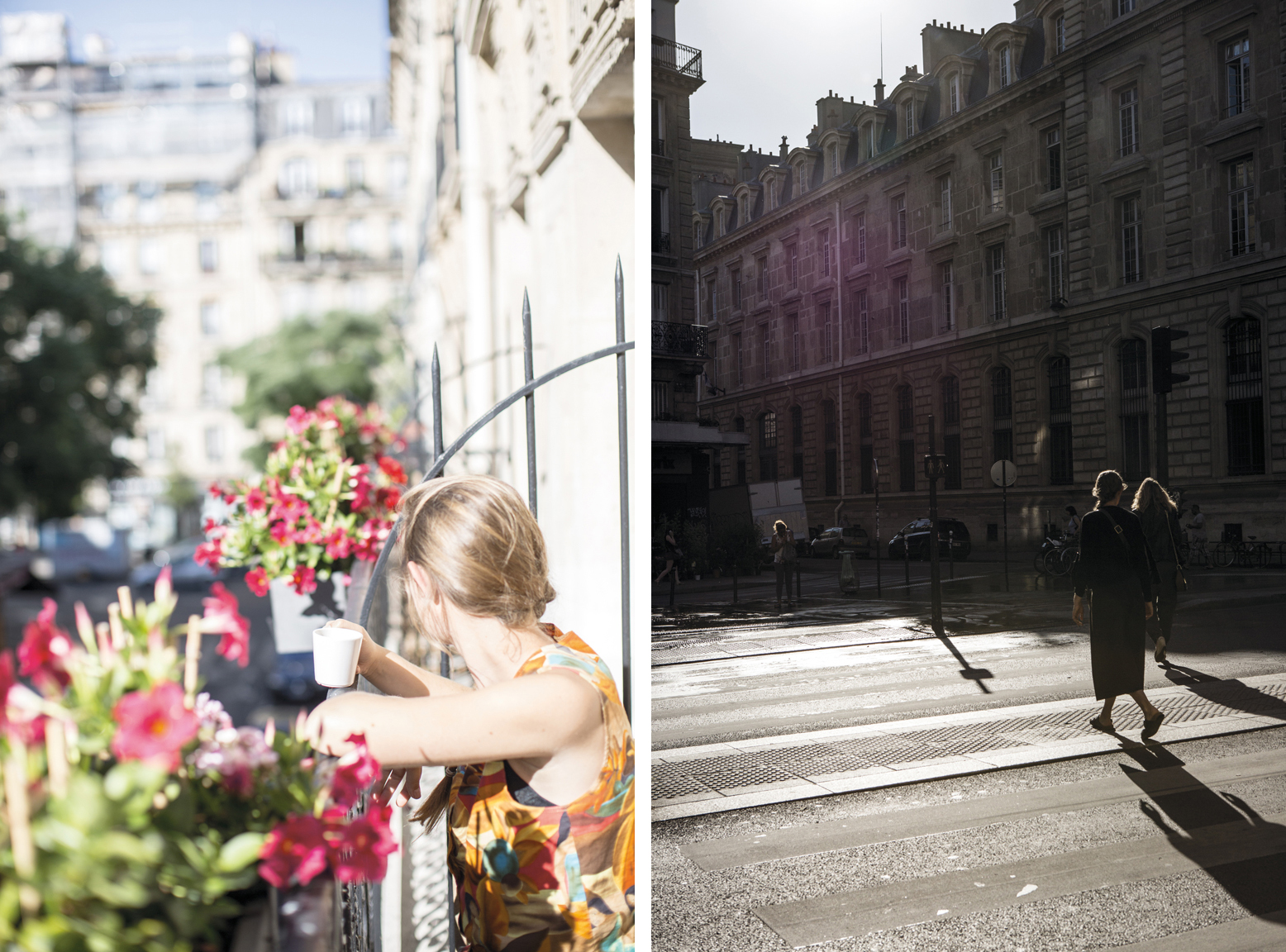
As the day gets underway in the French capital, streets fill with Parisians heading to work on foot or by metro. Weekends begin with a contemplative caf (espresso), the morning coffee de rigueur for most French, on one of the balconies that became all the rage after Baron Haussmanns redesign of the city from 1853.
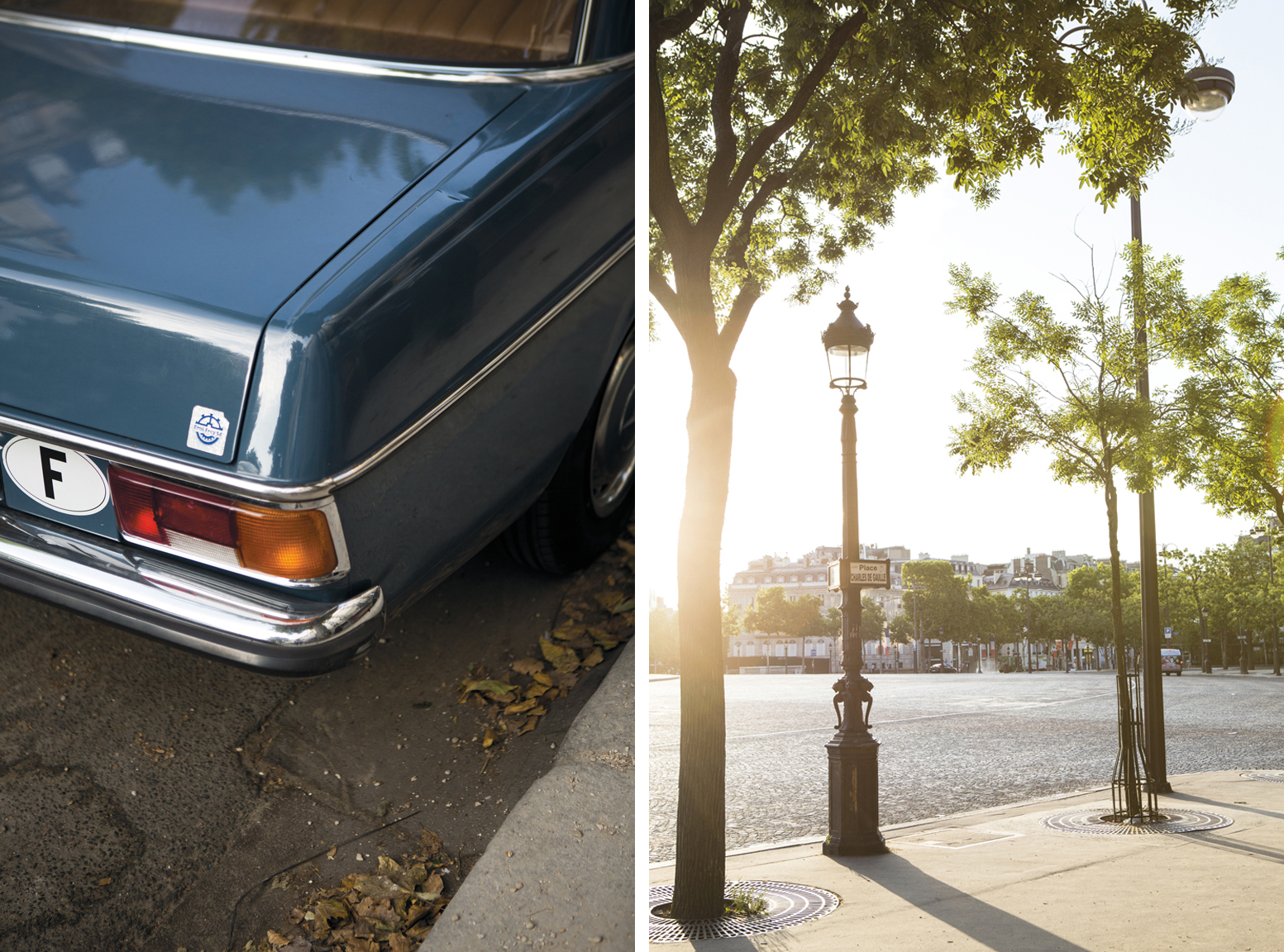
Parisian drivers must contend with not just a paucity of parking spaces but also navigating Place Charles de Gaulle, where 12 traffic-busy avenues meet. It was created in the mid-19th century by city planner Baron Haussmann, who was ordered by Napoleon III to rid medieval Paris of its tangle of stinky, dark, narrow streets.

In a city jostling with coffee lovers, third-wave coffee shop and craft-roaster The Beans on Fire in the 11e shines. Colombian duo Andrs and Maria are the creative pair behind the shop the first to introduce collaborative roasting to the capitals coffee scene.
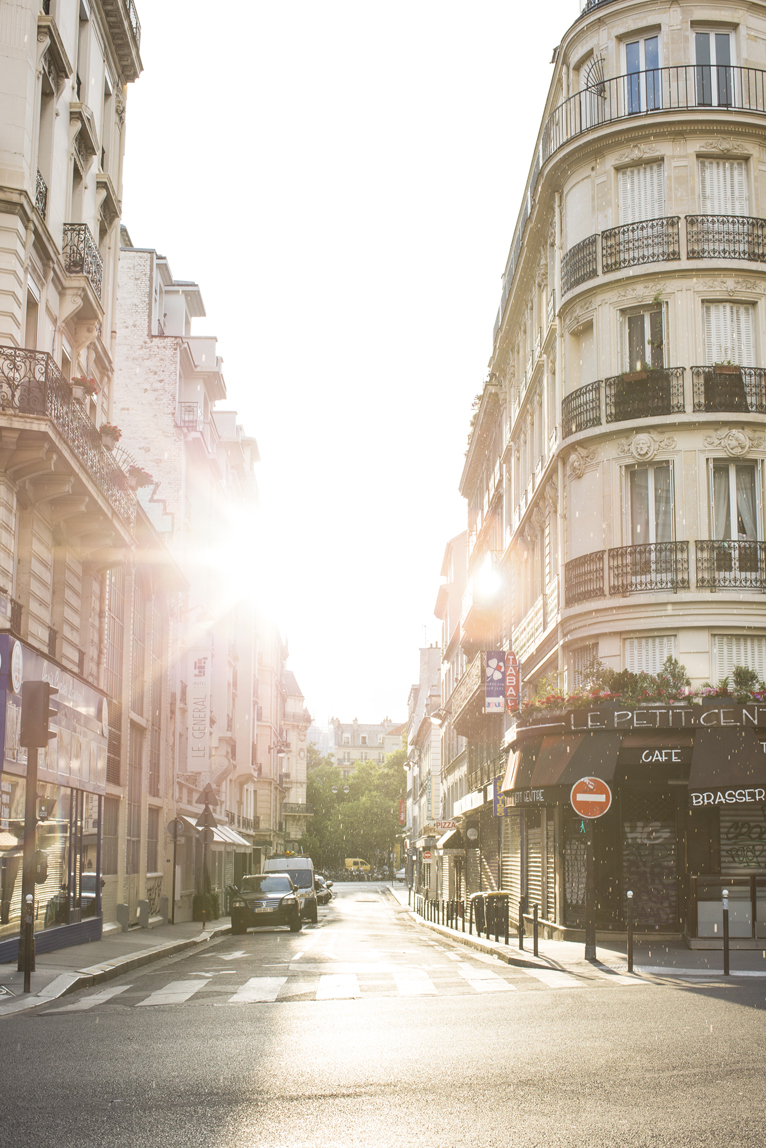
The sun rises on Rue Rampon, an unassuming side-street round the corner from Place de la Rpublique in the young, fun, nightlife-hot 11th arrondissement.
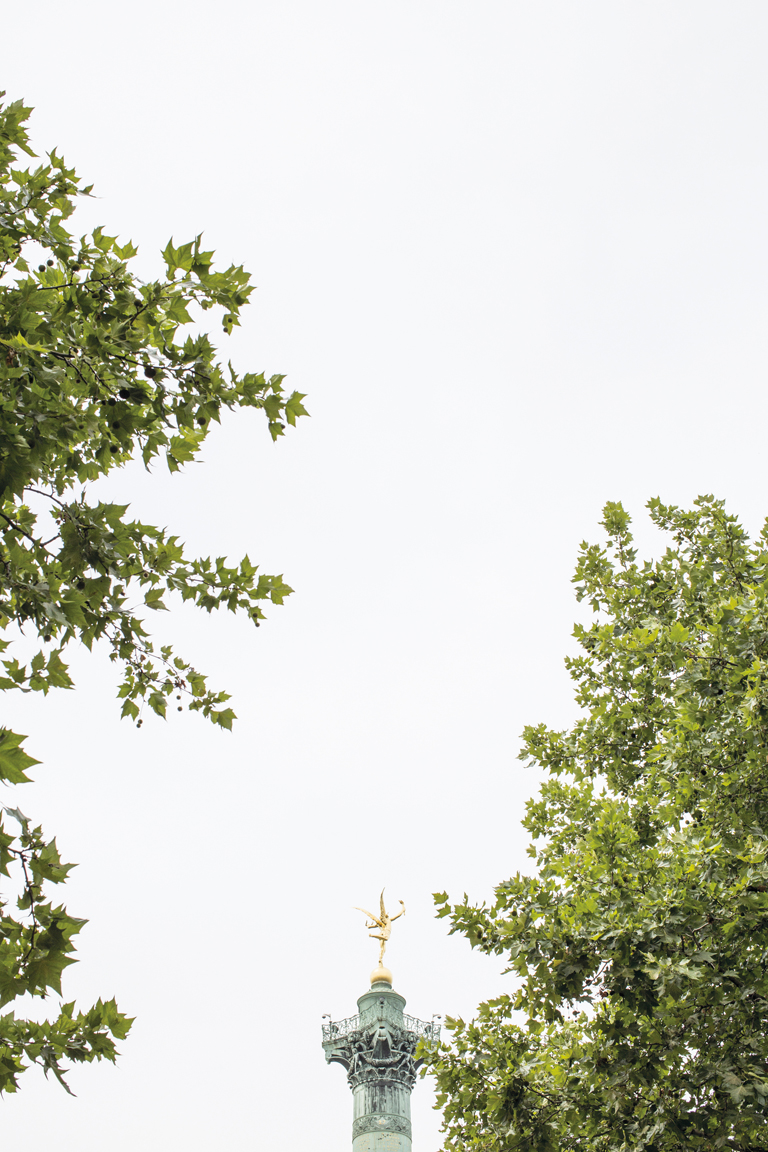
The glittering-gold winged Liberty atop the 47m-high Colonne de Juillet marks the spot on Place de la Bastille where the famed 14th-century prison stood.
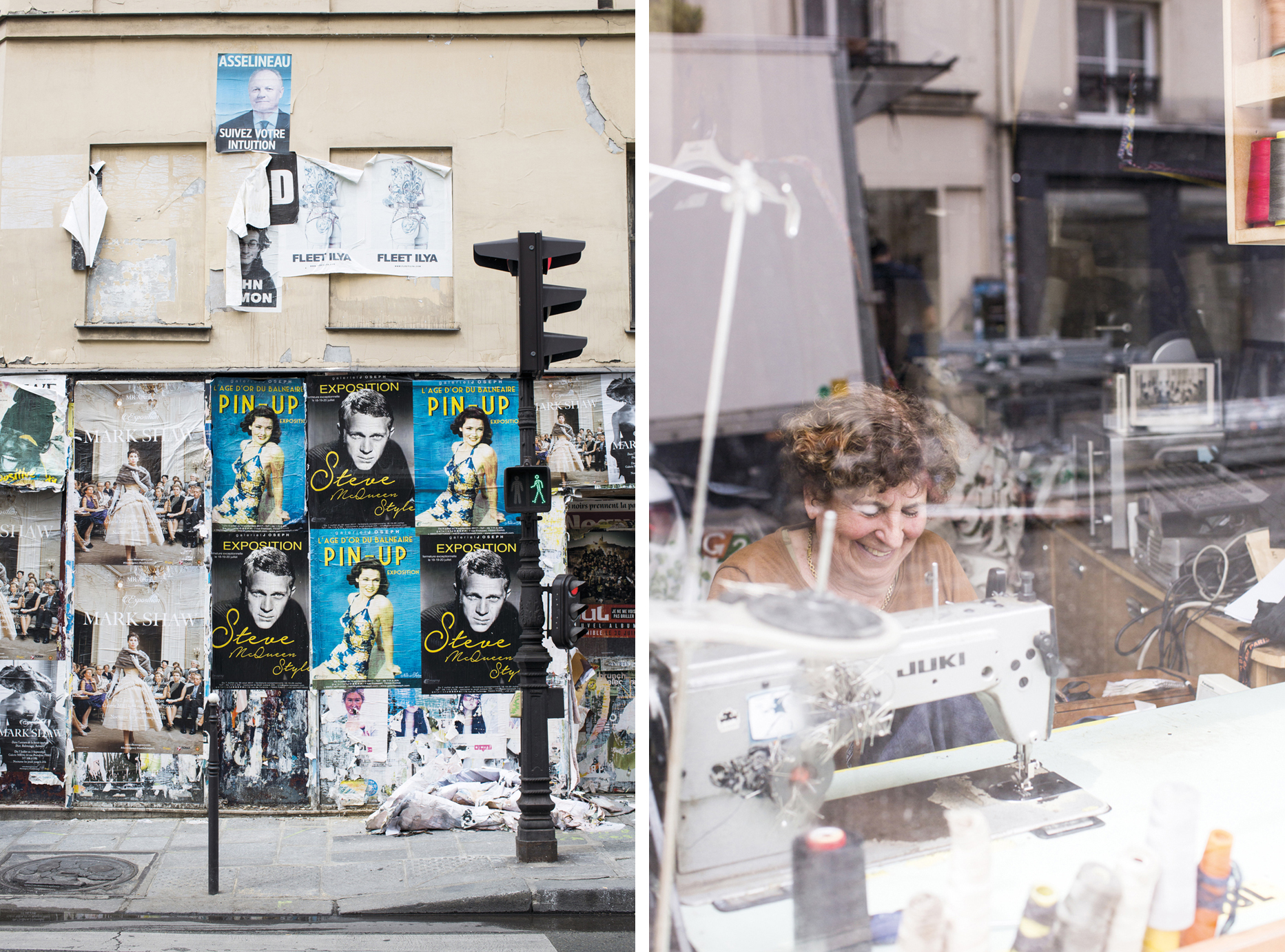
0800: Rue de Turenne cuts through the heart of the fashionable Marais and is a veritable snapshot of life in the 3e, with its cafes, shops, art galleries, peeling billboards and tiny seamstress workshops. The street was named after a 19th-century marshal-general who lived in a htel particulier (private mansion) here.
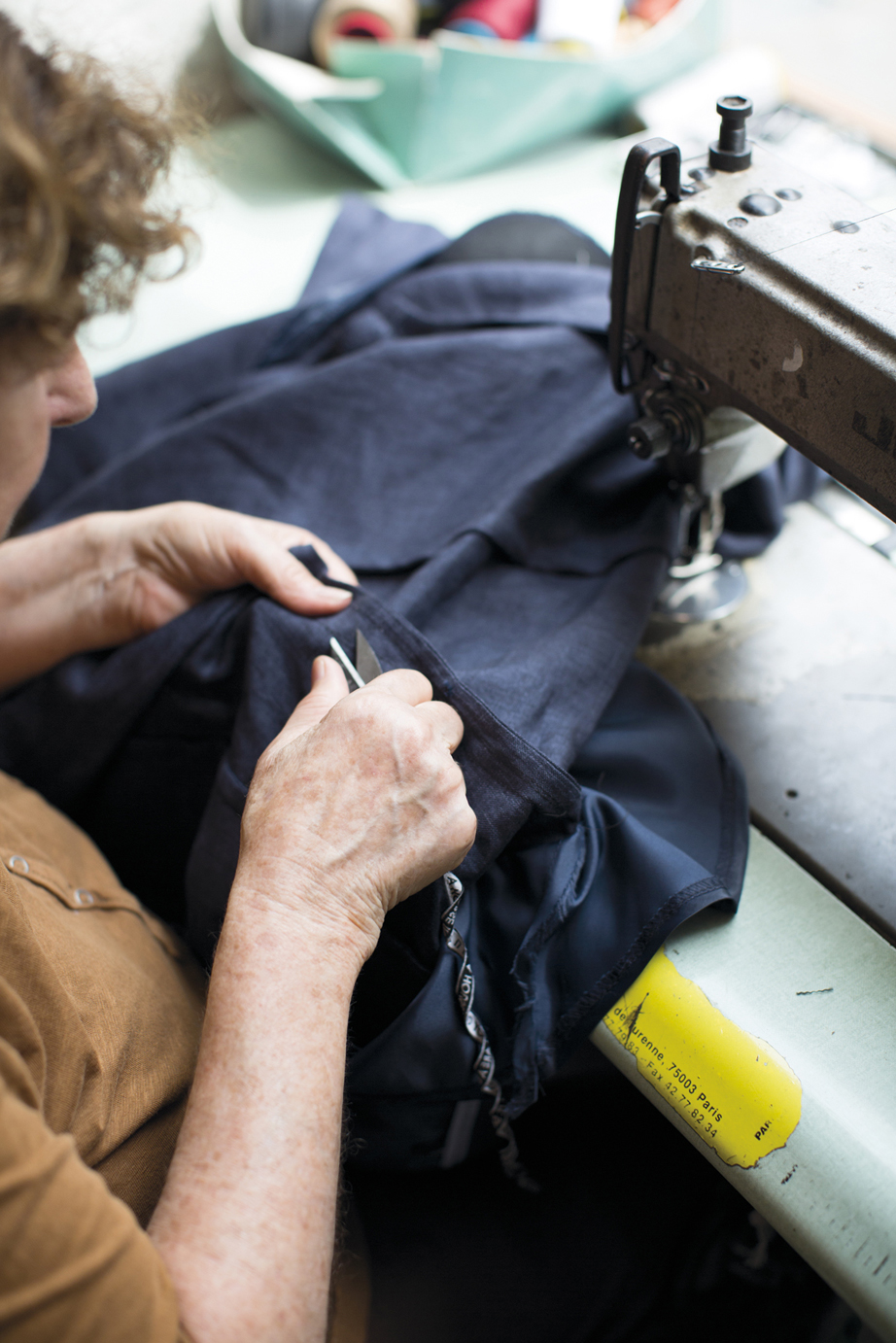
At 69 rue de la Turenne, Liliane Slama sits at her sewing machine, stitching and fixing frocks, socks, pantalons and anything else that locals bring in for repair.
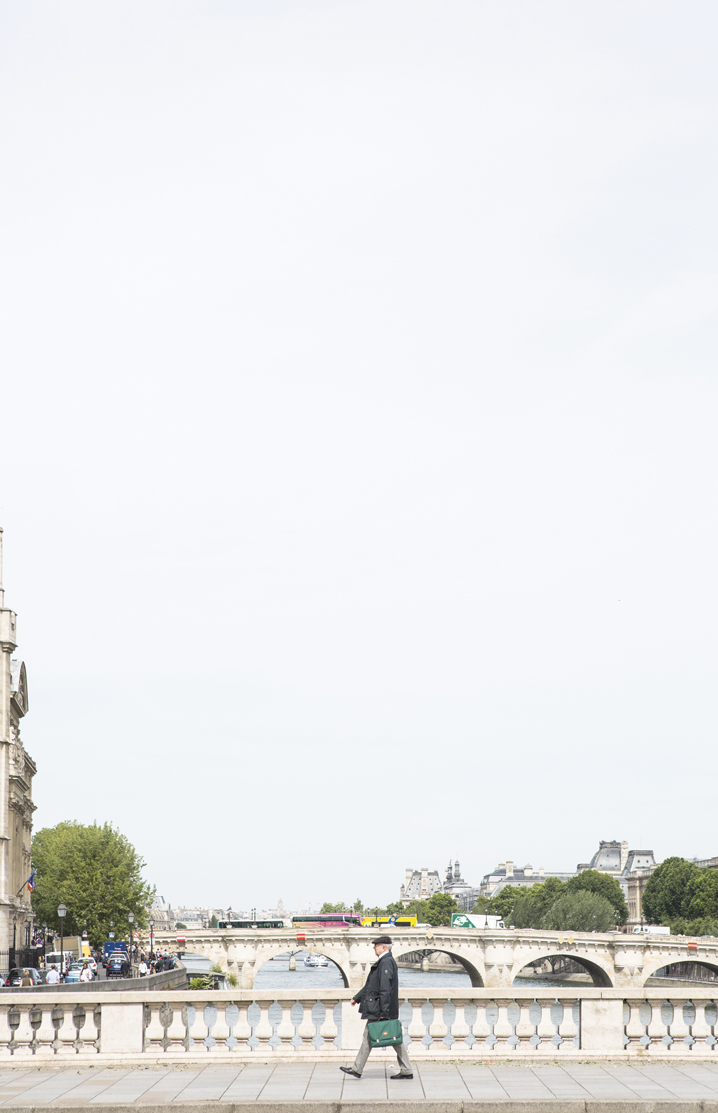
Sculpted with mythical creatures and stone nymphs or propped up by golden statues: every one of the Seines 37 ponts (bridges) is unique and storied.
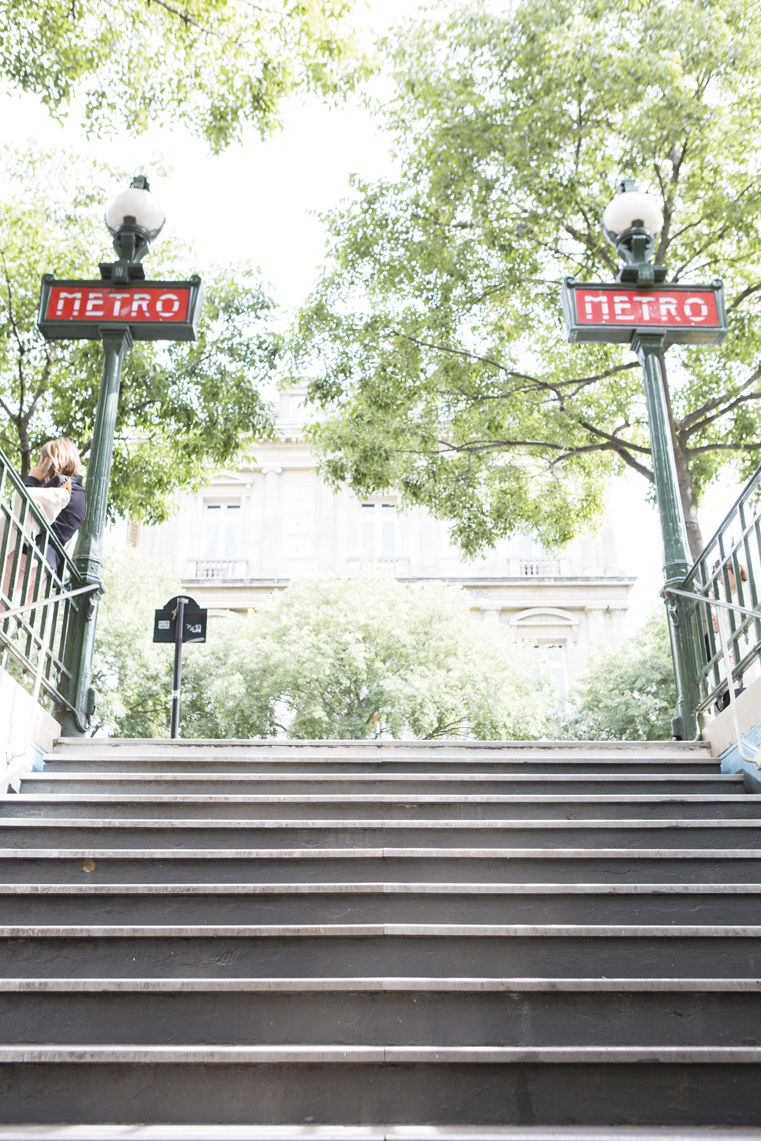
Morning joy: Emerging from the packed Metro, used by 1.5 billion passengers a year, onto a sunlit square planted with linden, horse chestnut and plane trees.
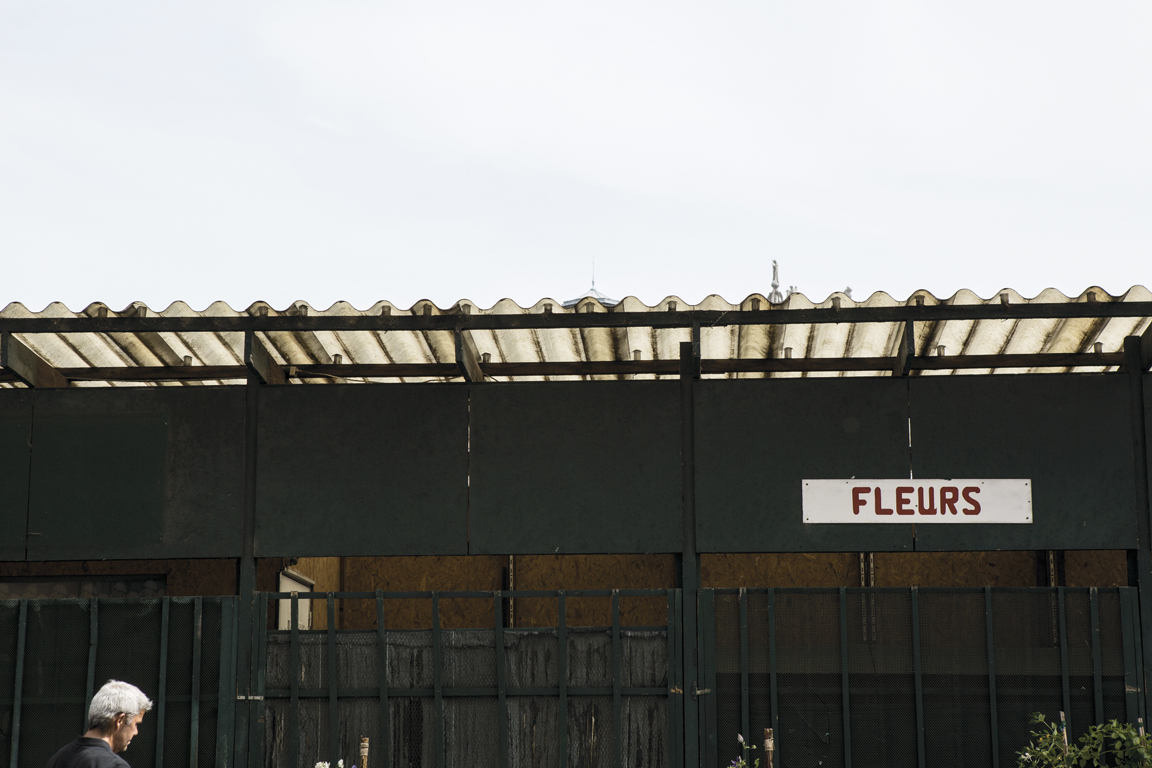
The doors open at March aux Fleurs Reine Elizabeth II, the oldest market in Paris, created in 1808 and renamed after the Queen of England during the 70th anniversary commemorations of D-Day in 2014. Squirrelled away in romantic Art Nouveau pavilions on le de la Cit, the market is the place to buy fresh flowers.

Orchids, fuchsias, baby tomato plants, window-box geraniums, herbs in little terracotta pots, a dozen blood-red roses for a Parisian lover
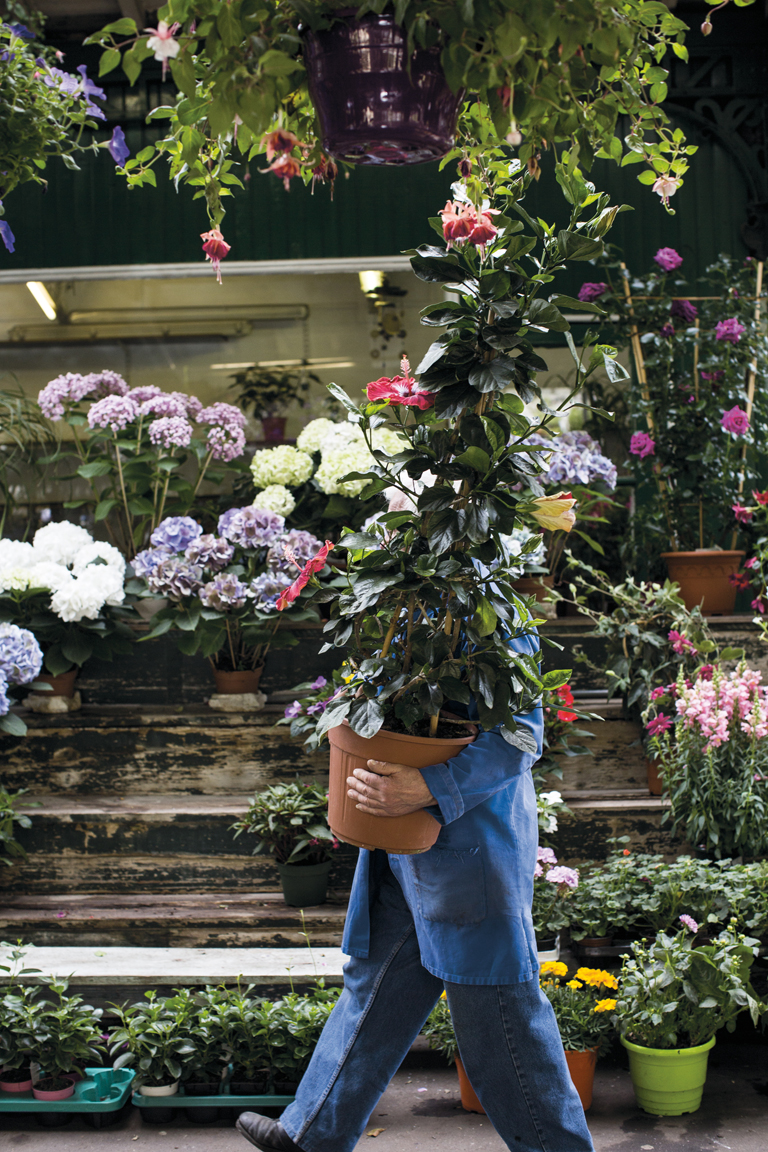
you name it, this historic flower market just footsteps from Notre Dame cathedral sells it.
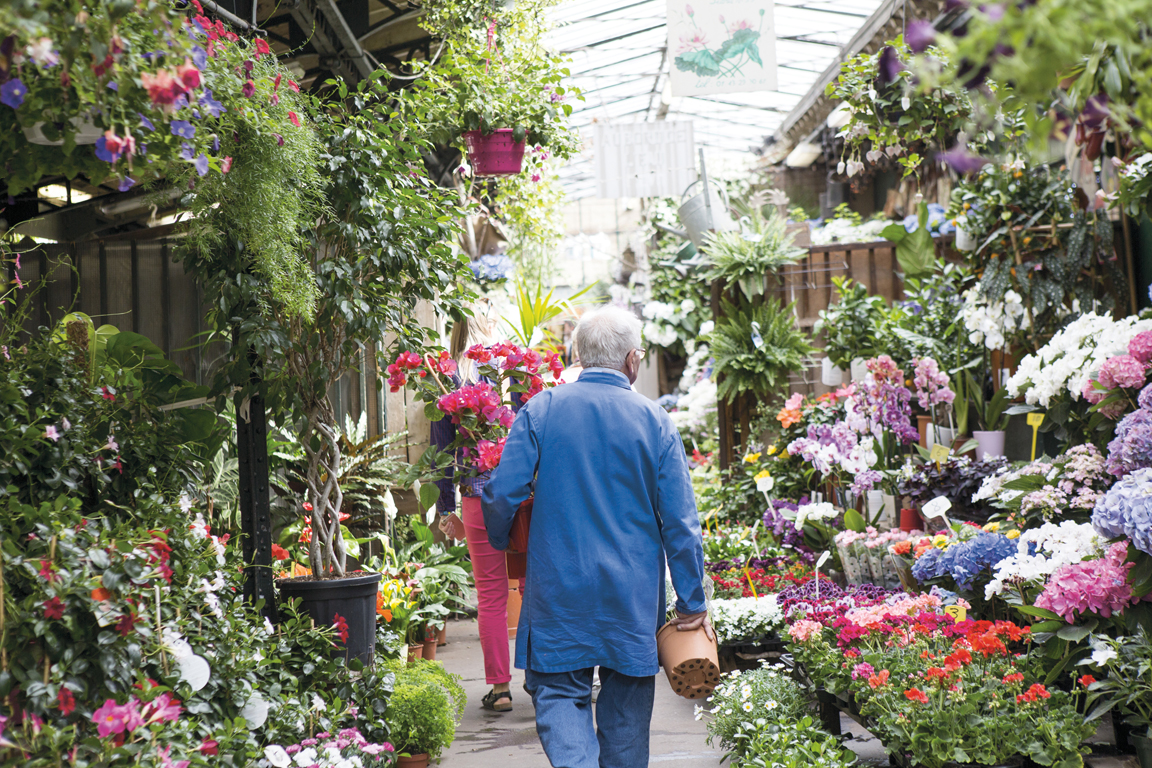
Flowers are a typical gift to bring to the host at a Parisian dinner party but never lilies or chrysanthemums (reserved for funerals), white flowers (for weddings) or carnations (red signifies hate, other colours bad luck or bad will). And make sure your bouquet is in odd numbers, but never seven or 13.
Its such a treat strolling around Paris in the early hours of the morning before the hot sun peers in-between the buildings and bounces off the cobbles. For me, these few minutes before the rest of Paris wakes up feel like going back in time. While the bakeries are just opening their doors, tourist attractions like the Arc de Triomphe still glow in the morning light. Suddenly, they dont feel like an attraction or big crowd-packed sight any more, but just another natural part of the beautiful city, like the lamp posts or cobbles.

